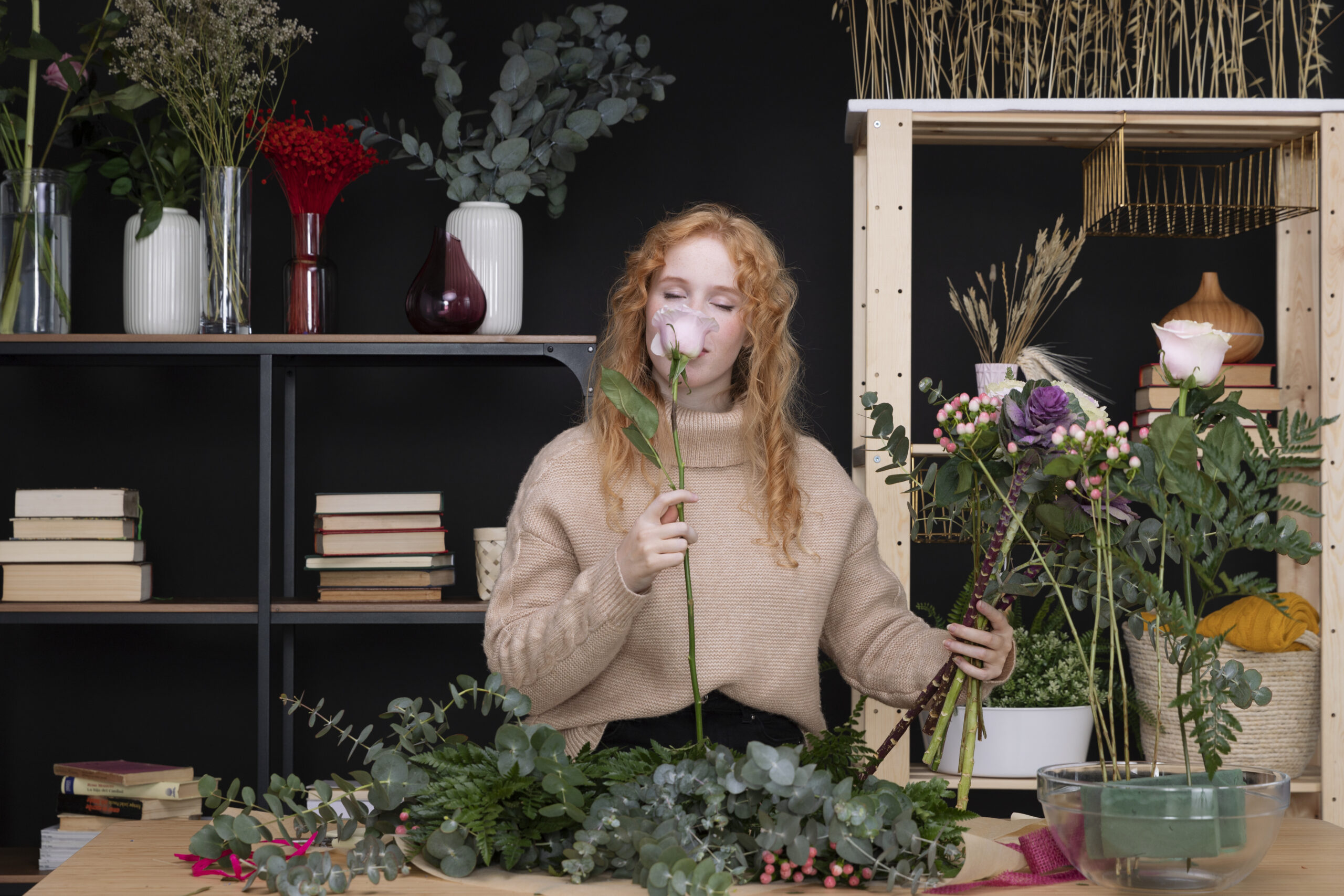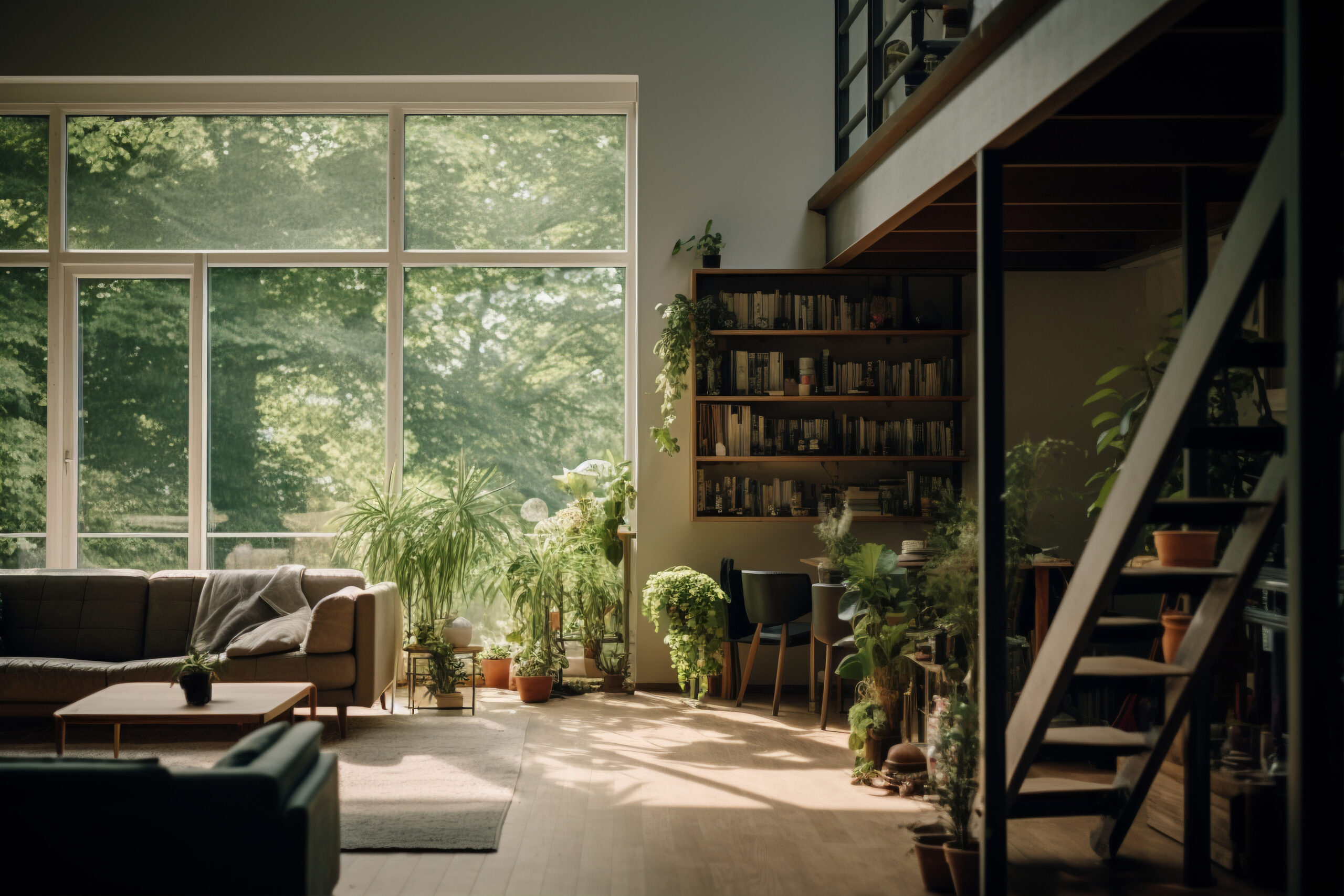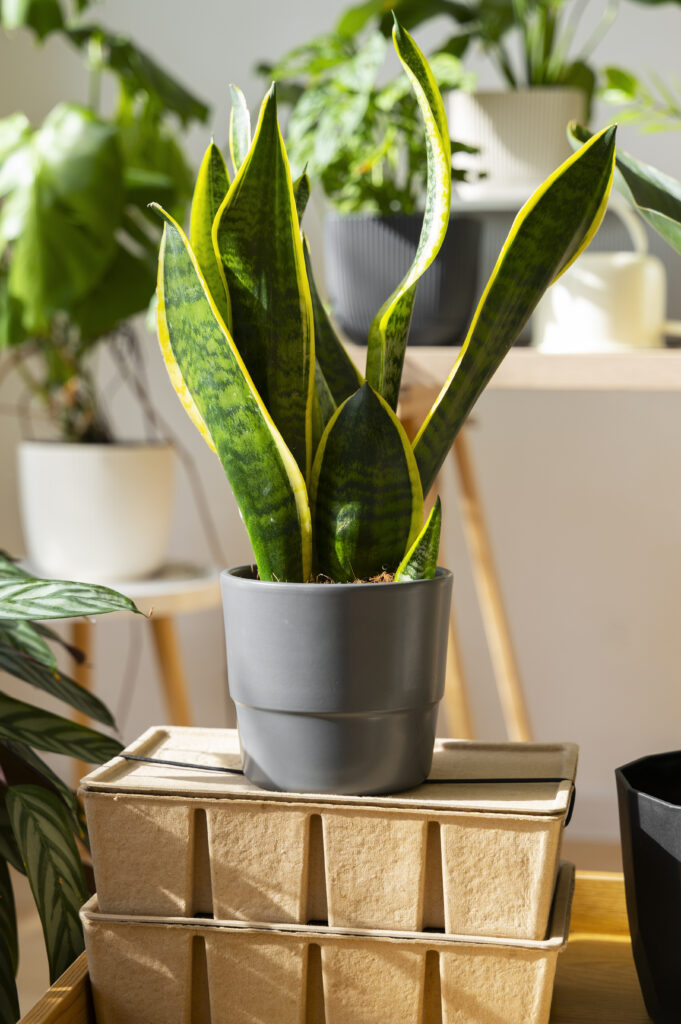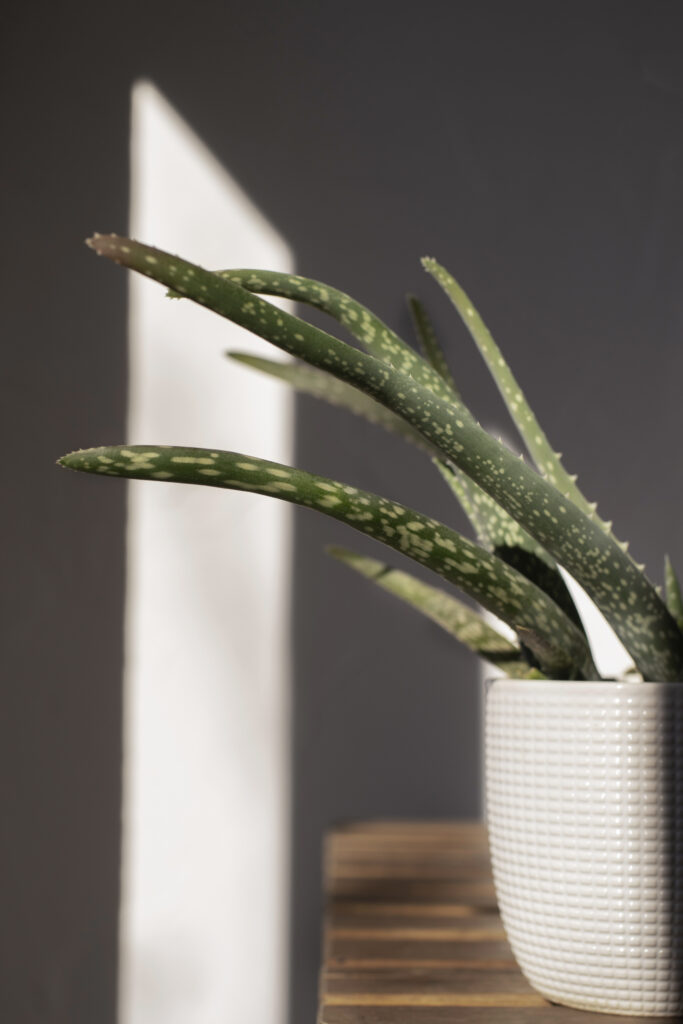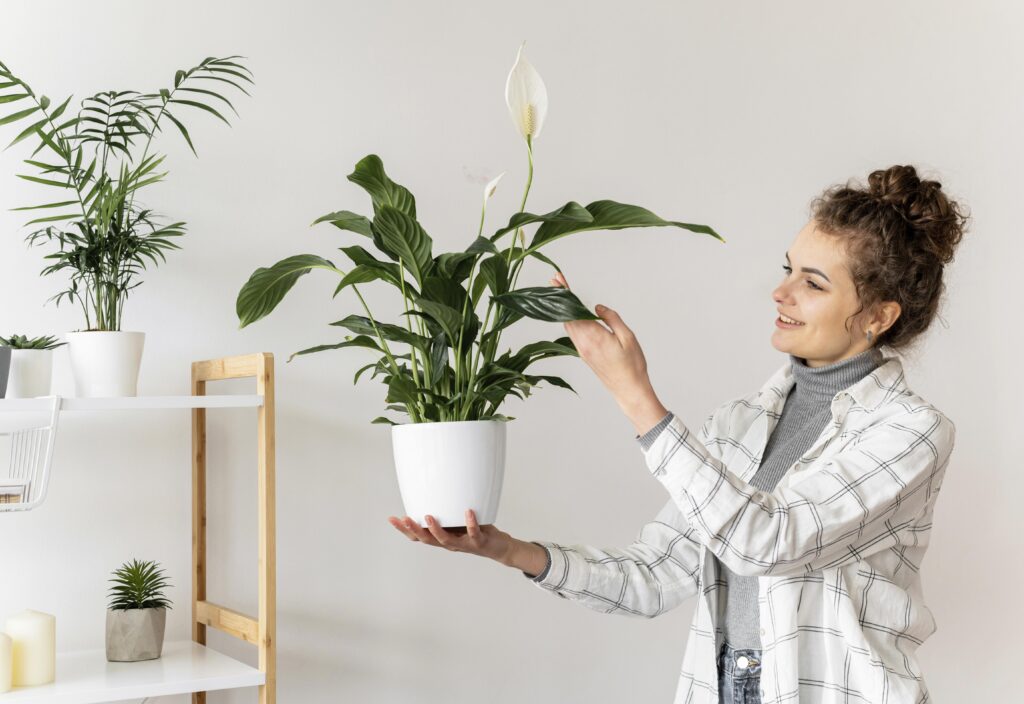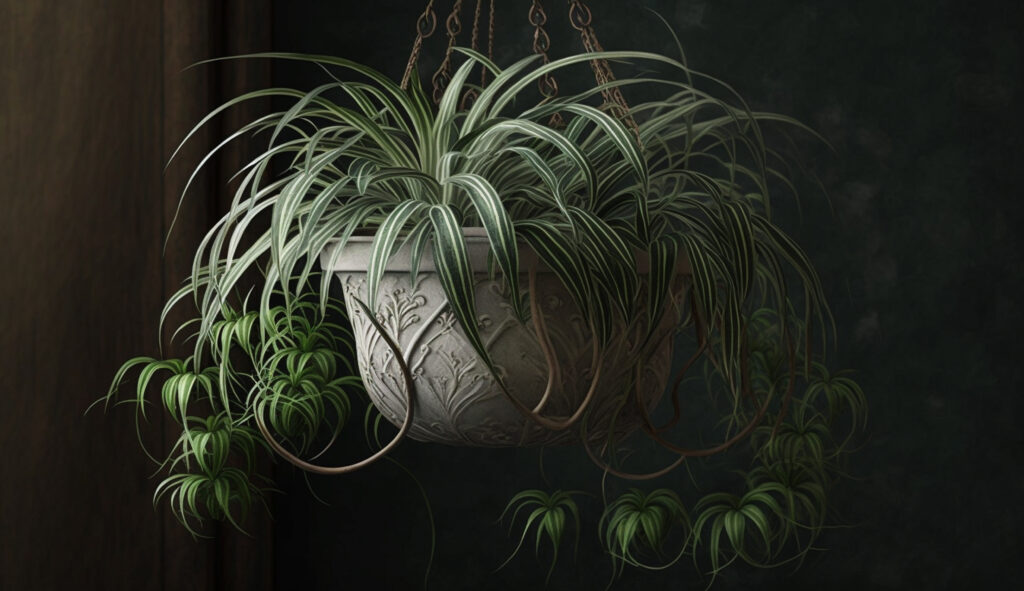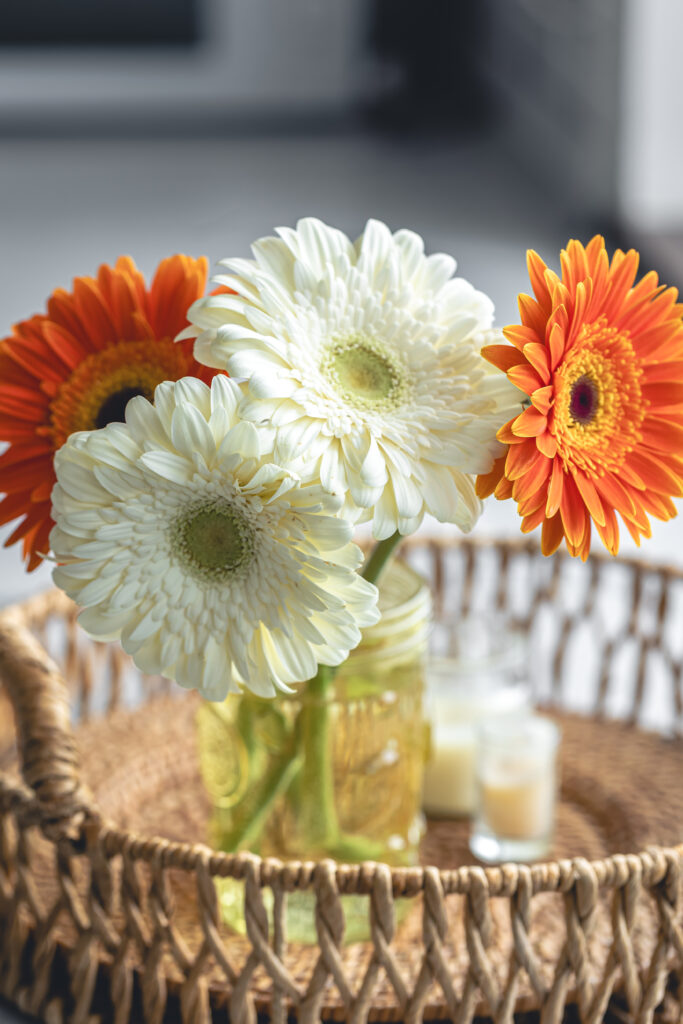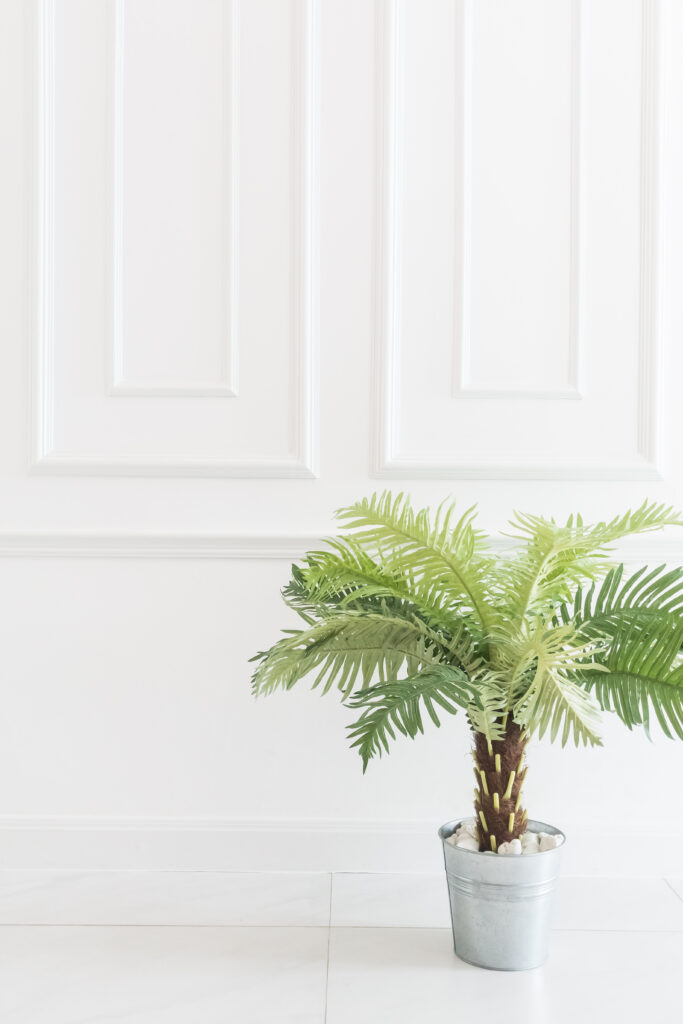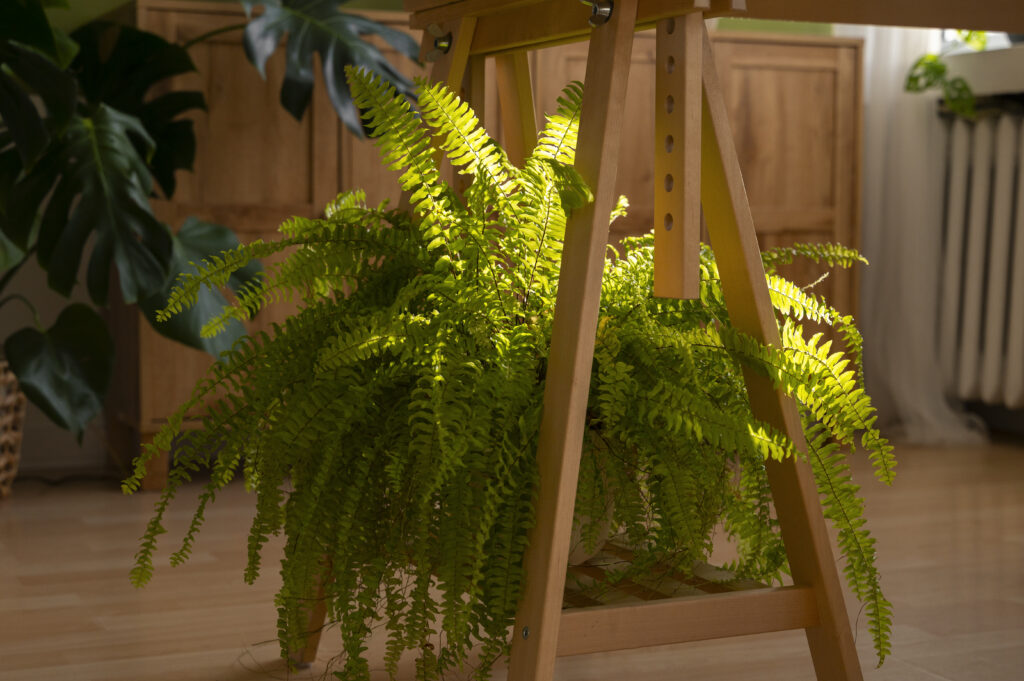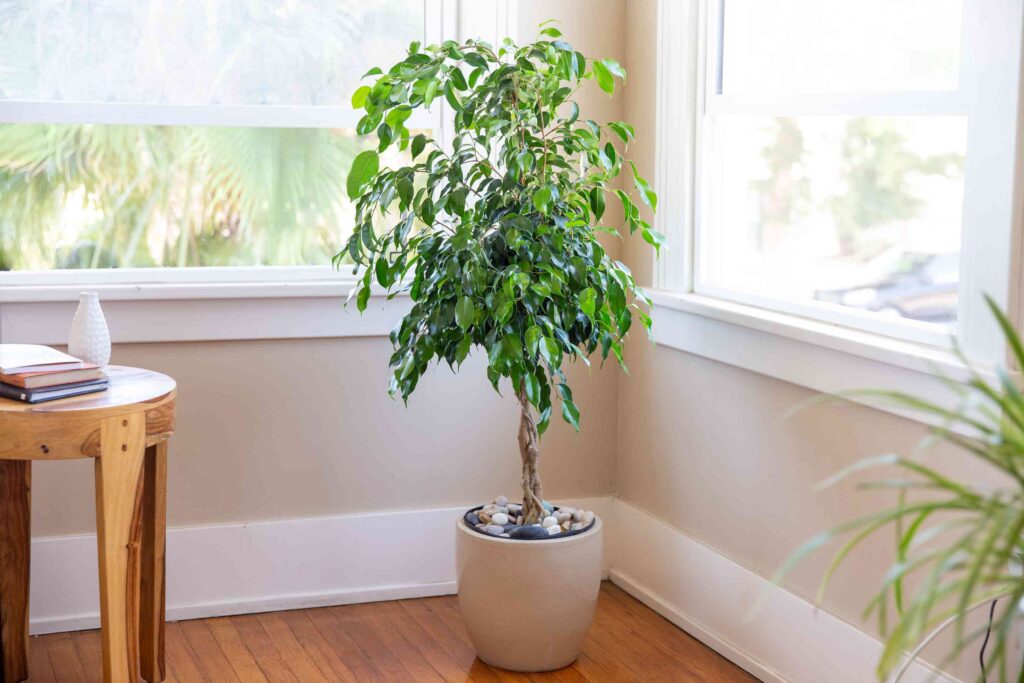Are you looking for a natural way to keep your home smelling fresh and inviting? Here are some Best Smelling Plants for Indoors that can offer a beautiful alternative to artificial air fresheners, bringing both visual appeal and delightful fragrances into your living spaces. Whether you want a calming scent to help you relax or a zesty aroma to invigorate your senses, there’s a fragrant plant perfect for every corner of your home.

In this blog post, we’ll explore some of the best smelling indoor plants that not only purify the air but also fill your space with their enchanting aromas.
- Why Choose Best Smelling Plants for Indoors?
- 1. Jasmine (Jasminum)
- 2. Lavender (Lavandula)
- 3. Gardenia
- 4. Eucalyptus (Eucalyptus globulus)
- 5. Rosemary
- 6. Scented Geranium (Pelargonium graveolens)
- 7. Orchids (Orchidaceae)
- 8. Mint (Mentha)
- 9. Lemon Balm (Melissa officinalis)
- 10. Snake Plant
- How to Enhance Your Home’s Fragrance
- Benefits of Growing These Best Smelling Plants for Indoors
- Conclusion: Bring Nature’s Perfume Indoors
Why Choose Best Smelling Plants for Indoors?
Fragrant indoor plants are more than just pleasant to smell; they can contribute to your well-being and even improve indoor air quality. Here are a few key reasons to add some of the Best Smelling Plants for Indoors to your home:
- Natural Air Fresheners: Unlike synthetic sprays, which mask odors, plants offer a constant, natural fragrance.
- Improved Air Quality: Many fragrant plants are also known for their air-purifying qualities, removing toxins and releasing oxygen.
- Well-being and Mood Boosting: Scents like lavender and jasmine can promote relaxation, reduce stress, and improve sleep quality.
- Eco-friendly: No more chemical sprays—just pure, natural scents that are safe for you, your family, and the environment.
Let’s dive into some of the Best Smelling Plants for Indoors.
1. Jasmine (Jasminum)
Jasmine is known as one of the Best Smelling Plants for Indoors: its sweet, exotic scent that can instantly uplift any room. It’s a favorite for bedrooms or living rooms, as its fragrance can promote relaxation and calmness.
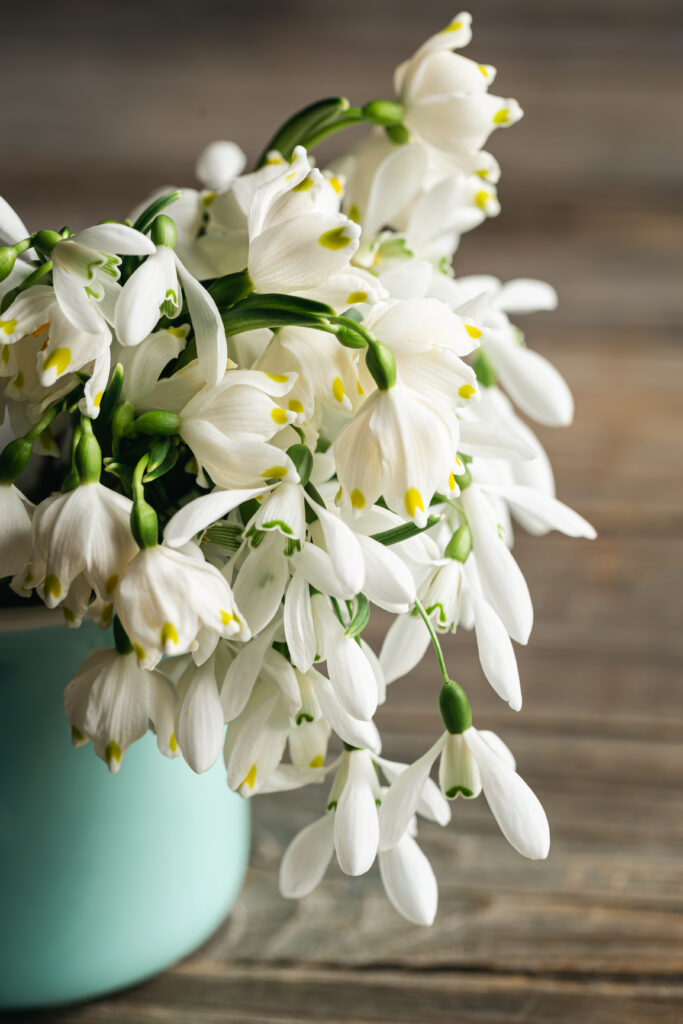
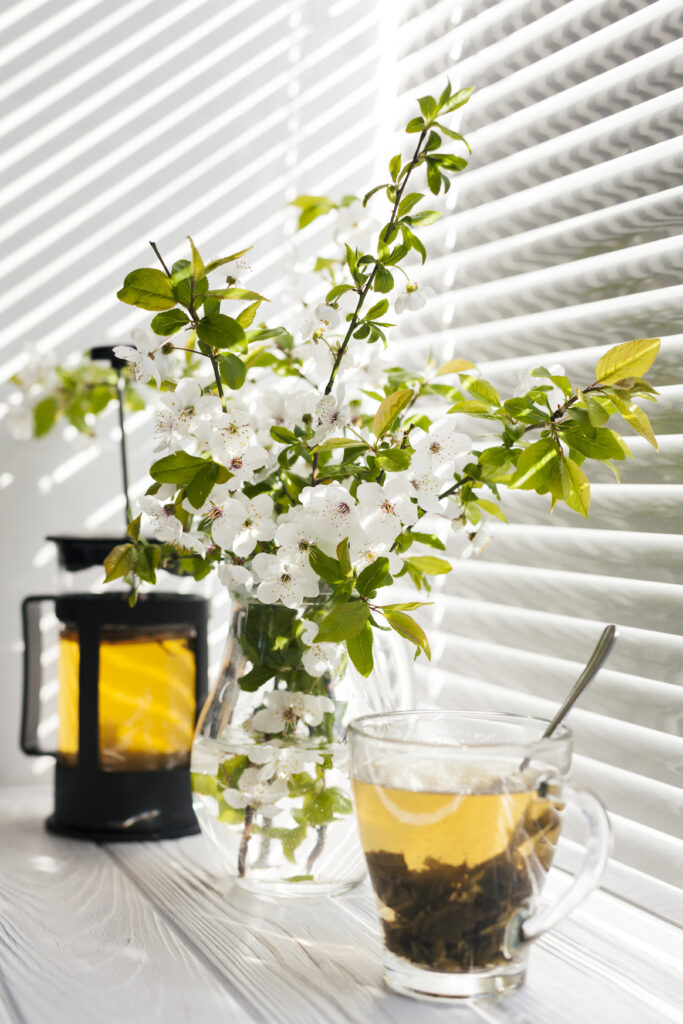
- Care Tips: Jasmine thrives in bright, indirect sunlight and likes to stay moist, so regular watering is key. Place it near a sunny window, and it will reward you with its beautiful aroma.
2. Lavender (Lavandula)
Lavender is the go-to plant for those who want to add a calming, peaceful vibe to their home. Its soft, floral fragrance is perfect for bedrooms, as it’s been shown to help reduce stress and promote better sleep.

- Care Tips: Lavender requires plenty of sunlight, so make sure it’s in a well-lit area. It prefers slightly dry soil, so avoid overwatering.
3. Gardenia
If you’re looking for a stronger, more intense fragrance, gardenias are an excellent choice. Their white blossoms emit a sweet, rich aroma that can transform any space into a fragrant haven.

- Care Tips: Gardenias need humidity and indirect sunlight. Keep the soil moist, but not soggy, and ensure proper drainage.
4. Eucalyptus (Eucalyptus globulus)
Eucalyptus has a refreshing, clean scent often associated with spas and relaxation. Its invigorating aroma makes it ideal for bathrooms or areas where you want a crisp, cool vibe.
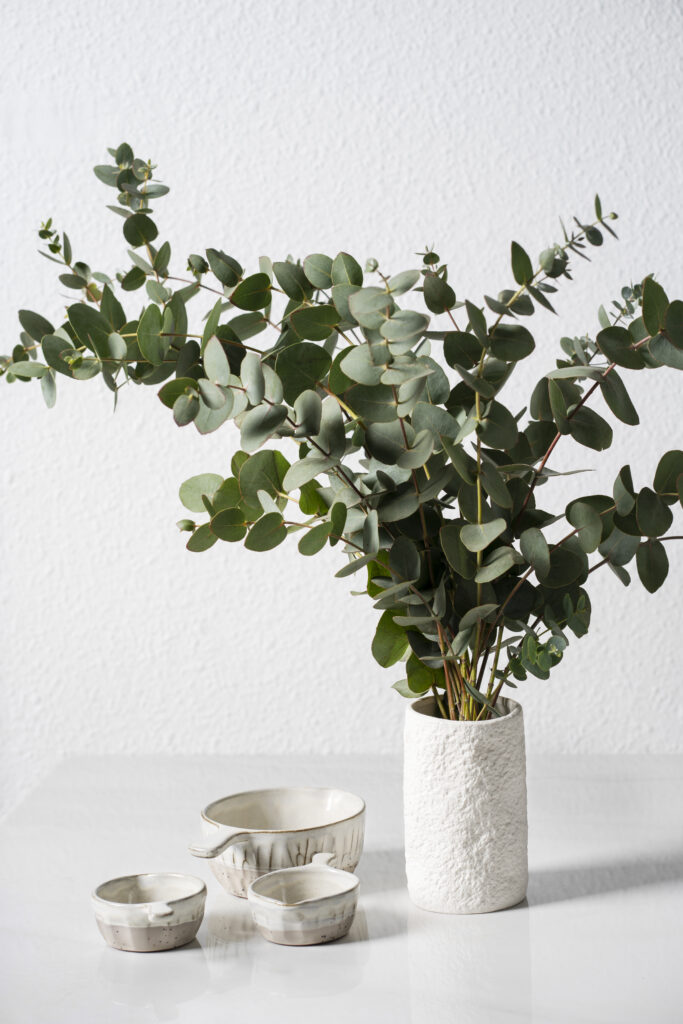
- Care Tips: Eucalyptus enjoys lots of sunlight and needs well-draining soil. Water it regularly but ensure the pot doesn’t get waterlogged.
5. Rosemary
Not only does rosemary smell amazing with its earthy, herbal fragrance, but it’s also a great plant to have on hand for cooking! Its pine-like scent can invigorate any room, making it perfect for kitchens or living areas.

- Care Tips: Rosemary needs bright light and well-drained soil. Water when the top inch of soil feels dry.
6. Scented Geranium (Pelargonium graveolens)
Scented geraniums come in a variety of fragrances, from rose to citrus. Their leaves emit a delicate aroma when touched, making them a versatile plant for any room in your home.
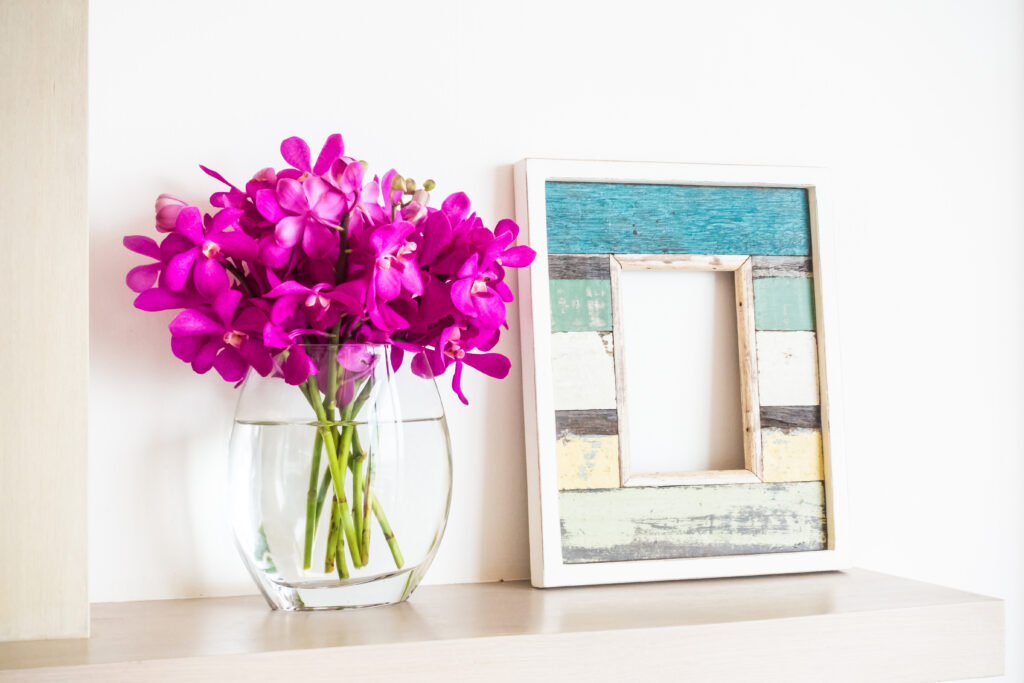
- Care Tips: These plants love sunlight and need to be placed in a bright spot. Allow the top of the soil to dry out between waterings to keep them happy.
7. Orchids (Orchidaceae)
Orchids, especially the vanilla orchid, can provide a subtle and sweet fragrance that adds elegance to any indoor space. Orchids are perfect for those looking for a less overwhelming scent that still contributes to the ambiance of a room.

- Care Tips: Orchids need bright, indirect light and moderate watering. They thrive in humid environments, so consider placing them in the bathroom or misting them regularly.
8. Mint (Mentha)
Mint offers a refreshing, crisp aroma that’s perfect for kitchens or bathrooms. It’s also practical since you can use the leaves in cooking, making teas, or creating DIY cleaning products.
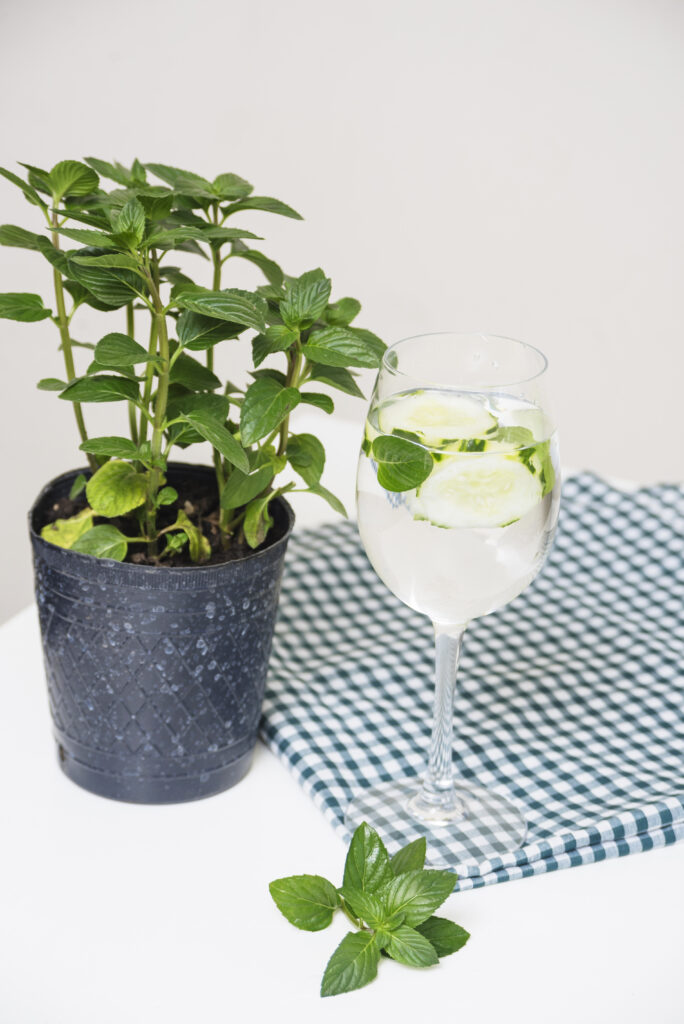
- Care Tips: Mint loves moisture and indirect sunlight. It grows quickly, so make sure to prune it regularly to keep it manageable indoors.
9. Lemon Balm (Melissa officinalis)
Lemon balm has a fresh, citrusy scent that’s both calming and energizing. Its fragrance can help reduce anxiety and promote a sense of peace, making it a great addition to your bedroom or living area.

- Care Tips: Lemon balm does well in partial sunlight and needs consistent watering. Be sure to prune it often to encourage new growth and maintain its fragrance.
10. Snake Plant
While not primarily known for its fragrance, the snake plant does emit a mild, clean aroma and is excellent for improving air quality. It’s incredibly low-maintenance and perfect for those who are new to indoor gardening.
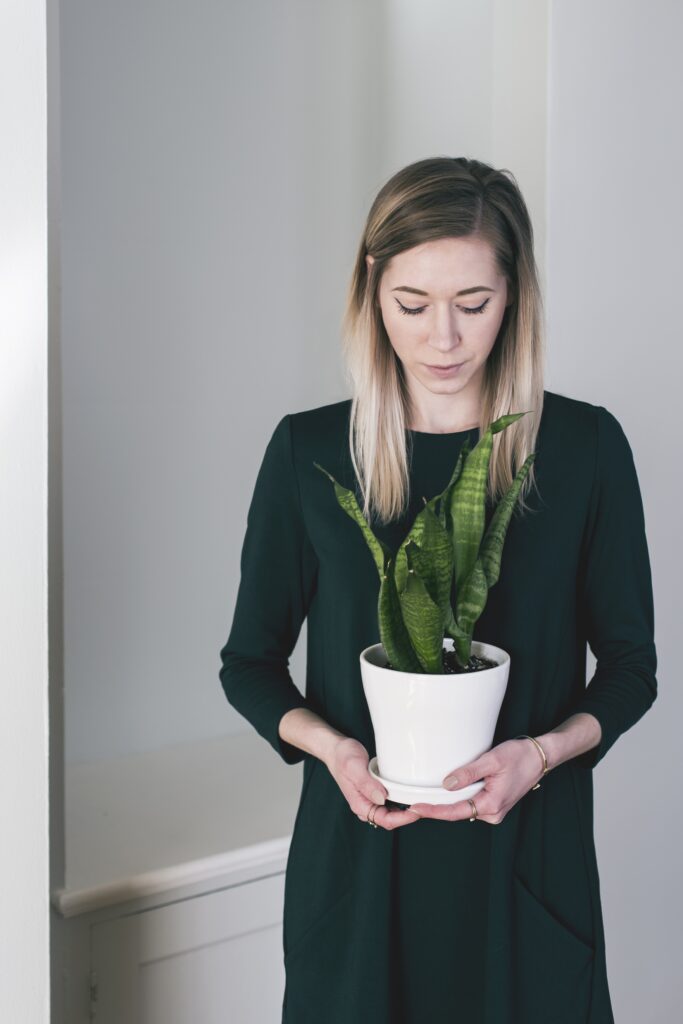
- Care Tips: Snake plants can thrive in low light and require minimal watering, making them ideal for busy households.
How to Enhance Your Home’s Fragrance
To get the most out of these Best Smelling Plants for Indoors
- Place Plants Strategically: Position plants near doorways, windows, or seating areas where the scent can be enjoyed.
- Group Plants Together: Combine different fragrant plants in one space for a layered, multi-dimensional scent experience.
- Prune Regularly: Pruning not only helps the plant grow but can also encourage the release of its natural fragrance.
- Use the Right Pots: Choose pots that allow for proper drainage and airflow to keep your plants healthy and aromatic.
Benefits of Growing These Best Smelling Plants for Indoors
- Eco-Friendly Alternative: Plants are a natural alternative to chemical air fresheners, reducing your reliance on synthetic products.
- Mood Enhancement: Scents like lavender, jasmine, and rosemary can boost your mood and help reduce anxiety and stress.
- Air Purification: Many fragrant plants are also natural air purifiers, absorbing toxins and improving indoor air quality.
- Decorative Value: In addition to their scent, these plants can enhance your decor, adding beauty and life to your home.
Conclusion: Bring Nature’s Perfume Indoors
Choosing the Best smelling Plants for Indoors can transform your home into a fragrant oasis. From the calming scent of lavender to the refreshing aroma of mint, these plants not only smell wonderful but also offer numerous health benefits. They’re easy to care for, eco-friendly, and provide a natural way to improve your indoor environment.
So, whether you want to add a touch of elegance to your living room, create a relaxing atmosphere in your bedroom, or simply freshen up your kitchen, there’s a fragrant plant out there for you. Start growing today and enjoy the countless benefits of these natural air fresheners!

